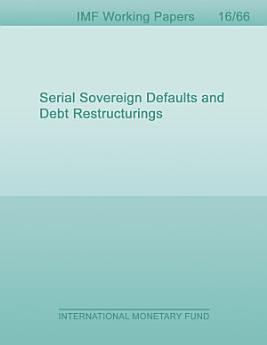Serial Sovereign Defaults and Debt Restructurings
mar. 2016 · International Monetary Fund
E-bog
45
Sider
reportBedømmelser og anmeldelser verificeres ikke Få flere oplysninger
Om denne e-bog
Emerging countries that have defaulted on their debt repayment obligations in the past are more likely to default again in the future than are non-defaulters even with the same external debt-to-GDP ratio. These countries actually have repeated defaults or restructurings in short periods. This paper explains these stylized facts within a dynamic stochastic general equilibrium framework by explicitly modeling renegotiations between a defaulting country and its creditors. The quantitative analysis of the model reveals that the equilibrium probability of default for a given debt-to-GDP level is weakly increasing with the number of past defaults. The model also accords with an additional fact: lower recovery rates (high NPV haircuts) are associated with increases in spreads at renegotiation.
Bedøm denne e-bog
Fortæl os, hvad du mener.
Oplysninger om læsning
Smartphones og tablets
Installer appen Google Play Bøger til Android og iPad/iPhone. Den synkroniserer automatisk med din konto og giver dig mulighed for at læse online eller offline, uanset hvor du er.
Bærbare og stationære computere
Du kan høre lydbøger, du har købt i Google Play via browseren på din computer.
e-læsere og andre enheder
Hvis du vil læse på e-ink-enheder som f.eks. Kobo-e-læsere, skal du downloade en fil og overføre den til din enhed. Følg den detaljerede vejledning i Hjælp for at overføre filerne til understøttede e-læsere.






